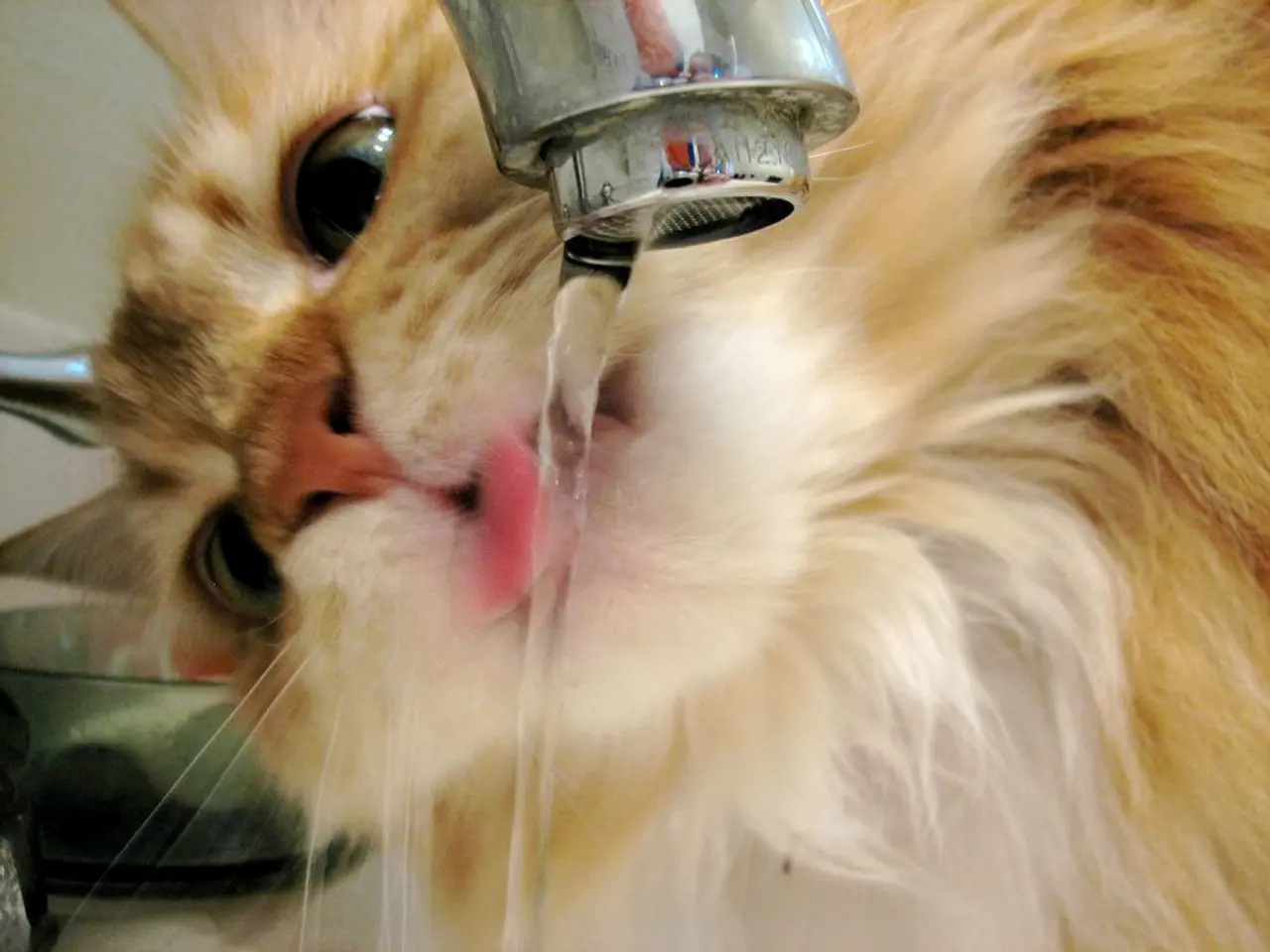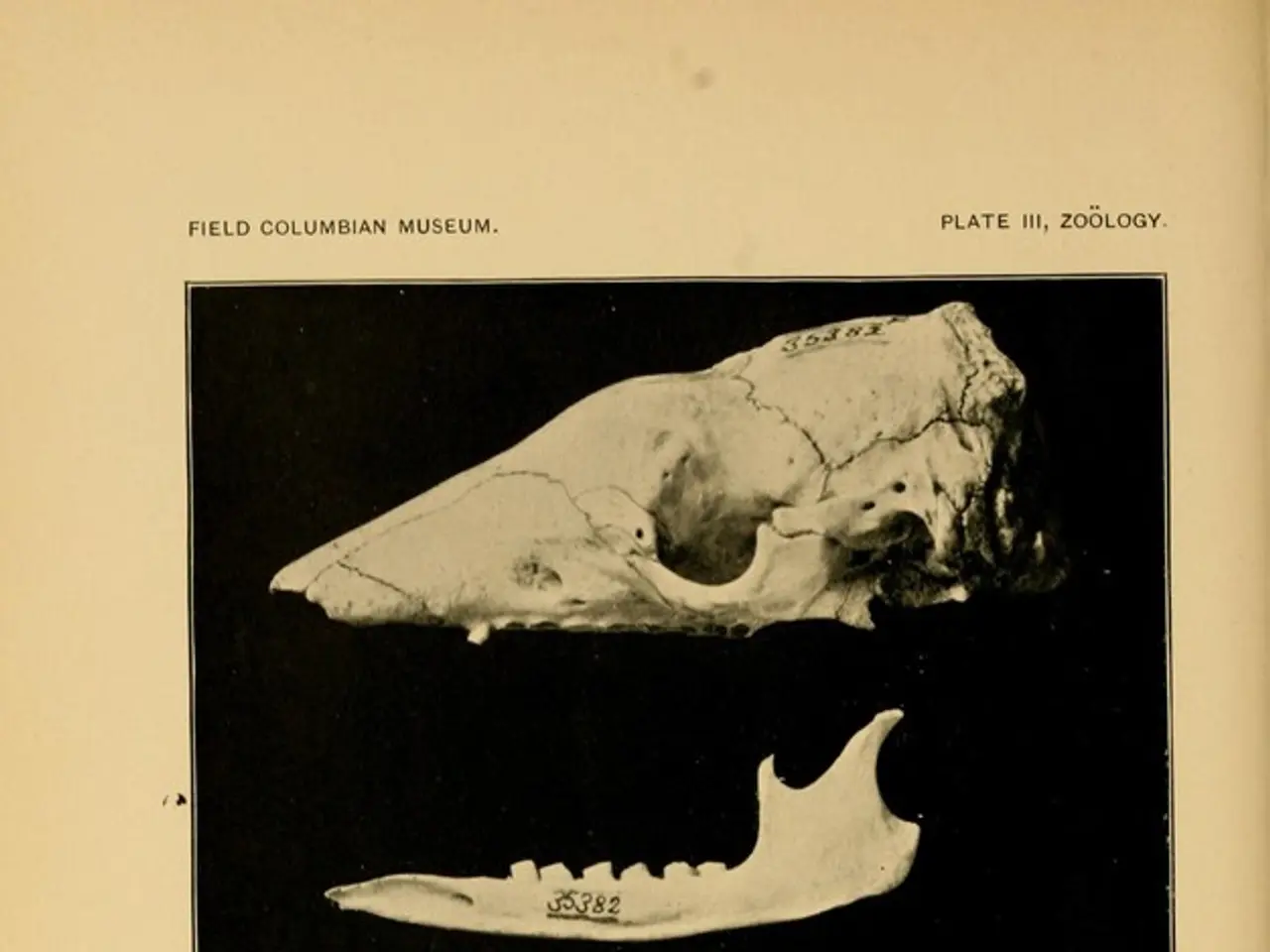Peritoneal Dialysis: Procedures, Preparations, and Aftermath
Peritoneal dialysis (PD) is a treatment for kidney failure that acts as an artificial kidney, helping rid the body of waste products while maintaining fluid balance. However, like any medical procedure, PD comes with its own set of potential complications, particularly over the long term.
One of the most common and serious complications is peritonitis, an infection of the peritoneum. This is characterized by abdominal pain and cloudy dialysate fluid. Peritonitis can occur due to breaks in sterile technique or catheter-related infections. If left untreated, it can lead to damage of the peritoneal membrane and, in approximately 5% of cases, death [1].
Chronic inflammation from long-term PD can also lead to peritoneal fibrosis, which thickens and scars the peritoneal membrane. This can cause ultrafiltration failure, or difficulty removing excess fluid, and may force patients to stop PD [4].
Abdominal pseudocysts are another long-term complication of PD. These form due to chronic inflammation or infections related to PD and can cause abdominal pain, distension, and impaired dialysate flow, potentially reducing dialysis effectiveness [2].
Ultrafiltration failure is often a consequence of peritoneal fibrosis or pseudocyst formation and impairs fluid removal capability, affecting dialysis adequacy [2][4].
Other potential issues, though less specifically addressed in the sources, include complications related to catheter function, hernias, and abdominal wall problems. However, the most critical long-term complications revolve around infection, fibrosis, and structural changes in the peritoneum.
It's important to note that while these complications can compromise dialysis efficacy and patient outcomes, PD remains a viable treatment option for many people with kidney failure. Patients undergoing PD should work closely with their healthcare team to manage these risks and maintain the best possible quality of life.
For those using PD, understanding the potential complications is just one part of the journey. Support groups, both in-person and online, are available through national organizations like the American Association of Kidney Patients, Kidney & Urology Foundation of America, National Kidney Foundation, and Renal Support Network. These resources can provide valuable support and information to patients navigating the challenges of PD.
References:
[1] Fukuhara S, et al. Peritonitis in continuous ambulatory peritoneal dialysis. Perit Dial Int. 2012;32(3):252-261. doi: 10.3776/pdi.2012.32.3.252.
[2] Schaefer F, et al. Complications of peritoneal dialysis. Nephrol Dial Transplant. 2012;27 Suppl 5:iii13-iii21. doi: 10.1093/ndt/gfs181.
[4] Kaysen GA, et al. Peritoneal dialysis. N Engl J Med. 2016;374(11):1049-1060. doi: 10.1056/nejmra1409375.
- Peritonitis, an infection of the peritoneum, can occur due to breaks in sterile technique or catheter-related infections, potentially leading to damage of the peritoneal membrane and, in approximately 5% of cases, death.
- Chronic inflammation from long-term PD can lead to peritoneal fibrosis, which thickens and scars the peritoneal membrane, causing ultrafiltration failure and difficulty removing excess fluid that might force patients to stop PD.
- Abdominal pseudocysts form due to chronic inflammation or infections related to PD and can cause abdominal pain, distension, and impaired dialysate flow, potentially reducing dialysis effectiveness.




